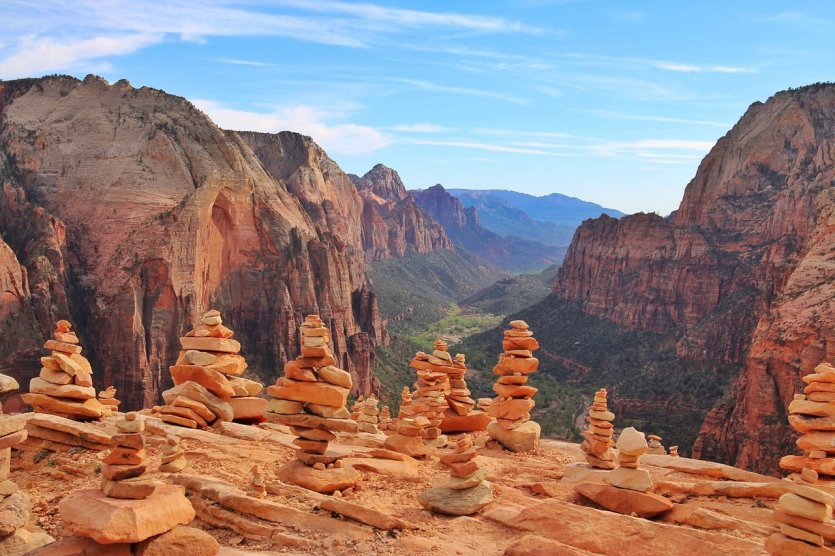
If the United States is often seen as the nation of modernity where skyscrapers are aligned on vast commercial arteries, the country has managed to remain close to nature by conserving and enhancing its national territory. This is how the concept of national parks was created, and the United States now has 61 of them on its territory. Nature is preserved, tourism is controlled and the landscapes are overwhelming! Real American scenery where you can see mountains, canyons, cactus and green forests. From Alaska to California, here is our selection of the most beautiful American national parks.
Discover also our article on the 21 must-do's during your trip in California!
Monument Valley, a sacred site
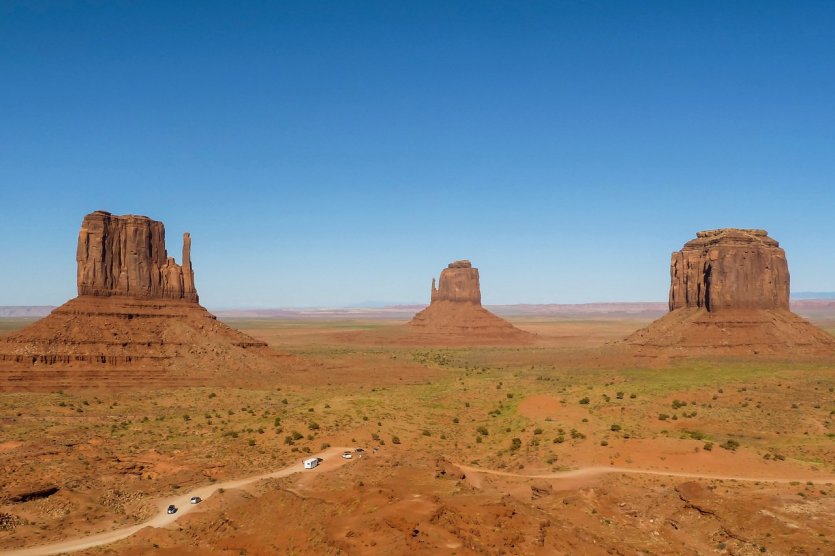
StraddlingArizona and Utah, Monument Valley is a sacred site for the Navajo Indians. Loaded with mysteries, this landscape with changing colors according to the time of the day - at sunset, it is a true spectacle where the red of the sun mixes with the orange dust of the desert - inspired many directors who came there to shoot films as mythical as Back to the Future III, Forrest Gump or Mission impossible II.
Sequoia National Park, in the shadow of giants
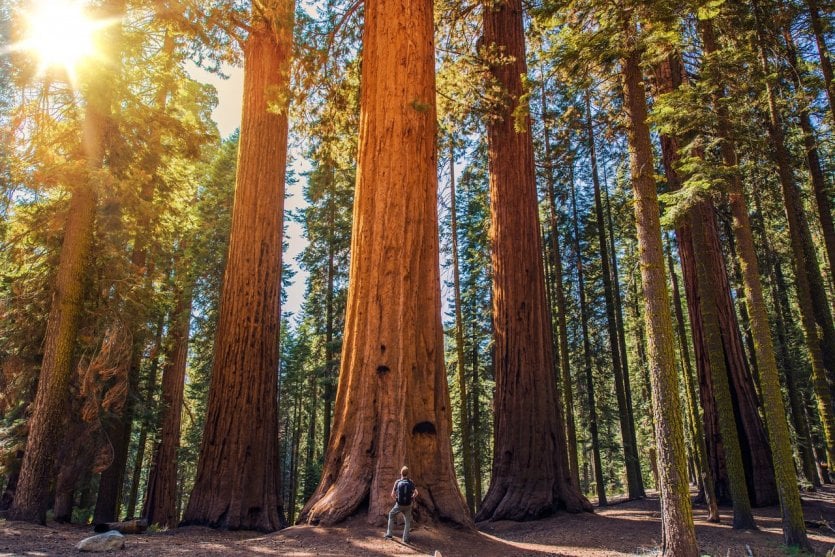
On the western slopes of the Sierra Nevada, in California, the 163 000 hectares of the Sequoia National Park are spread out. This park has allowed the gigantic sequoias that populate the site to be protected, especially from the fires that were wreaking havoc. There are the largest trees on the planet, including the 3,000-year-old General Shermann Tree, with its height of 90 m and circumference of 11 m. And don't count on climbing it since its first branch is 40 m from the ground!
Grand Canyon National Park, mythical
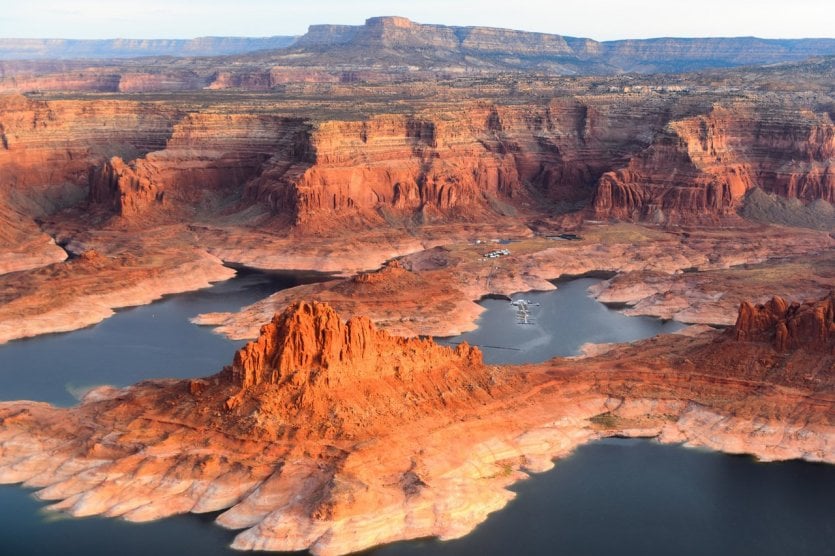
Sculpted by the mighty Colorado, the Grand Canyon is gigantic: it stretches over 450 km between Lake Powell and Lake Mead in Arizona. Admiring its 1,300-meter depth is an experience in itself. In fact, Grand Canyon National Park is one of the most visited sites in the United States. It's difficult to know its history, even if its forty layers of rock can be traced back 1.7 billion years!
Zion National Park, Utah's Jewel
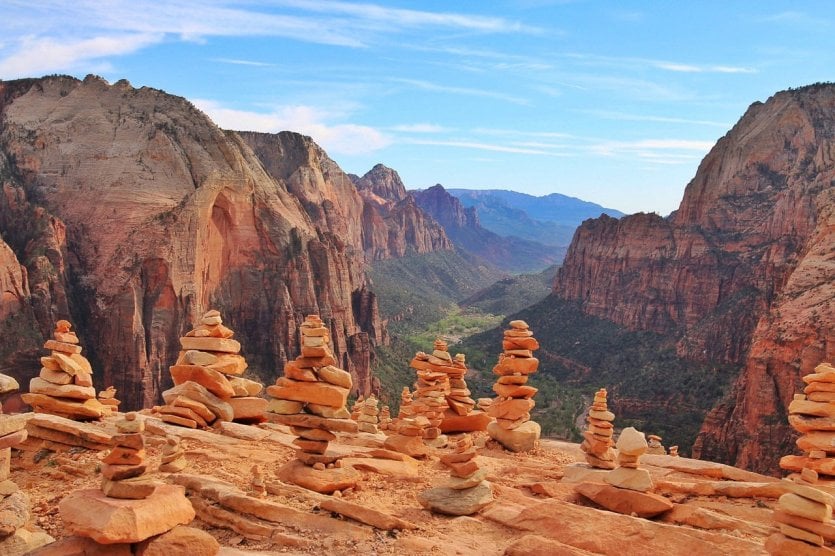
In southwestern Utah, Zion National Park spans three counties: Washington, Iron and Kane. Its breathtaking scenery undoubtedly ranks it among the most beautiful national parks in the United States. Its imposing rock formations, whose colors can vary from white to orange, were shaped by the Virgin River. Along with the various archaeological areas that have been uncovered, they give the park a first-rate importance.
Yellowstone National Park, a plural beauty
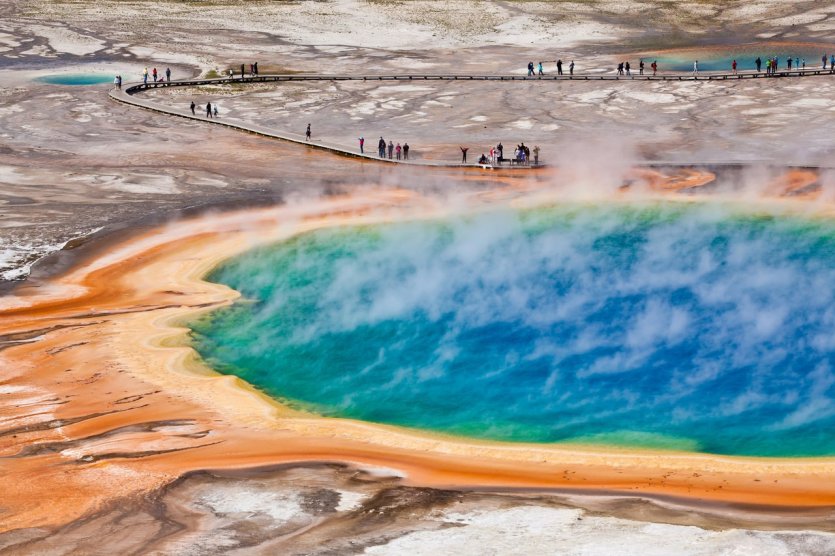
As big as Corsica, it is the oldest national park in the United States and therefore in the world. Yellowstone, in Wyoming, owes its name to the yellow color of the cliffs of its Grand Canyon. But even more than the color of its stones, this park is known for its intense geothermal activity (geysers, fumaroles...) and its wildlife composed of wolves, pumas or bison, among others. To discover this mythical site, take the Grand Loop Road which connects all the must-sees of the park.
Yosemite National Park, the incomparable valley
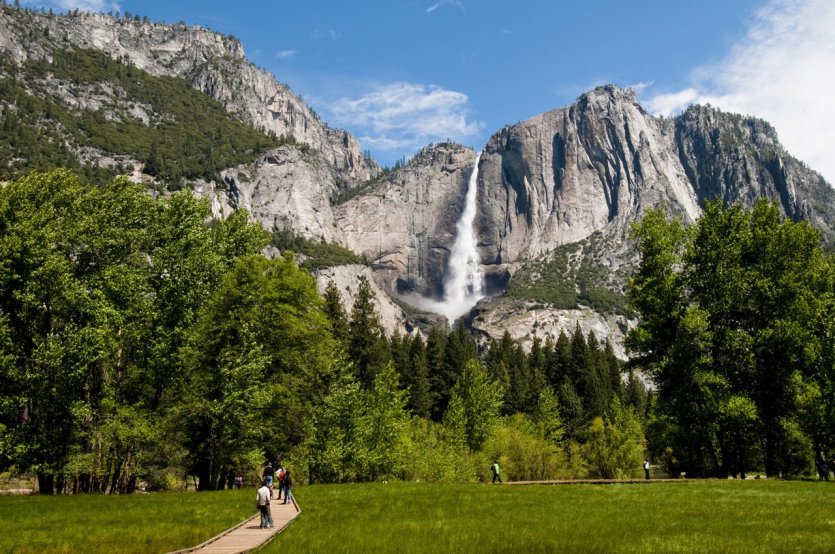
Yosemite is a glacial valley offering a suggestive landscape. The mountains and redwood forests that surround it form a setting where more than 1,300 types of plants and a fauna composed of endemic species such as the puma, the Virginia opossum or the brown bear are enshrined. Among the mythical sites of Yosemite, let's mention El Capitan, a mythical wall in the climbing world.
Death Valley National Park
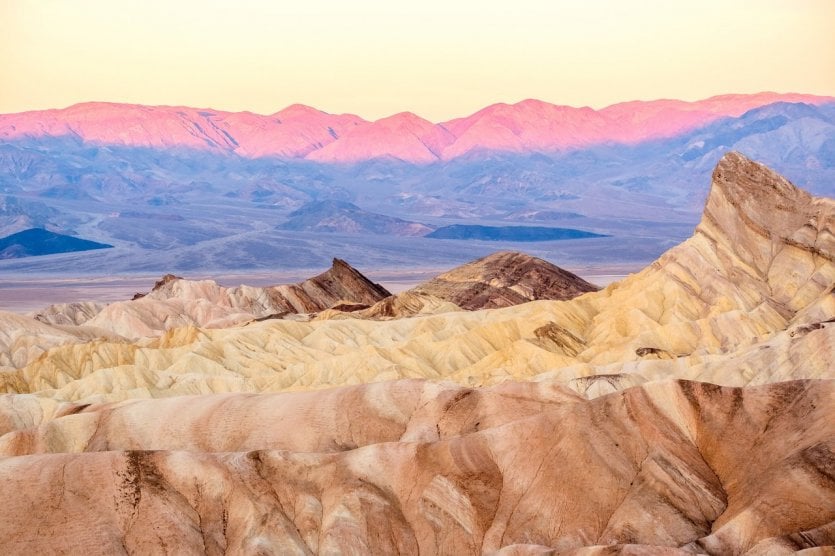
Its rather frightening name is well known to all: Death Valley was named for its total aridity. One finds there all the beauties of the desert, to be discovered with a new eye always according to the time of the day. The sun changes, indeed, perspectives and colors. Along the road, it is a real American road trip that offers itself to the travelers, from arid canyons to sand dunes. Mythical!
Everglades National Park, between land and swamp
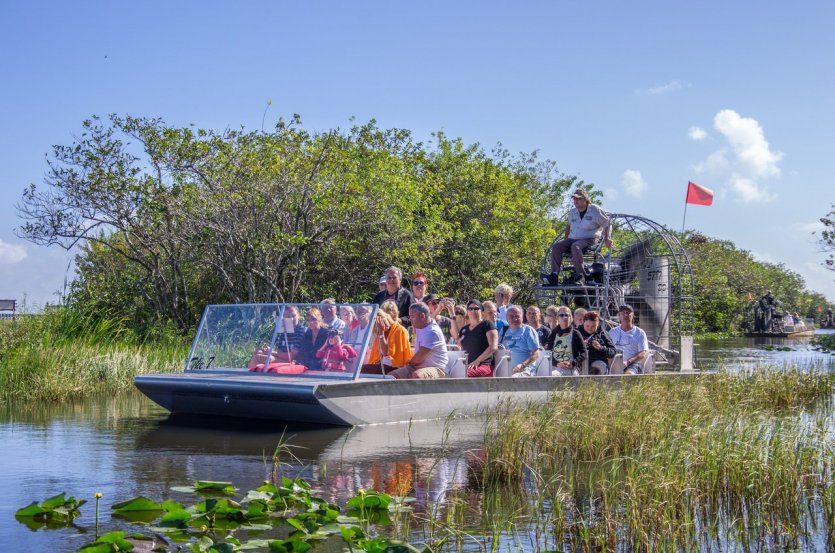
In Florida, the Everglades are a bewitching site. Covering more than 565,000 hectares, this expanse of water that meets the sea is a concentration of life, even though it is quiet and restful. A rare fauna and flora reside there, such as the Florida panther or the American crocodile, particularly threatened. A national park where temperate and subtropical climates meet, giving rise to a unique natural wealth.
Arches National Park, a museum of erosion
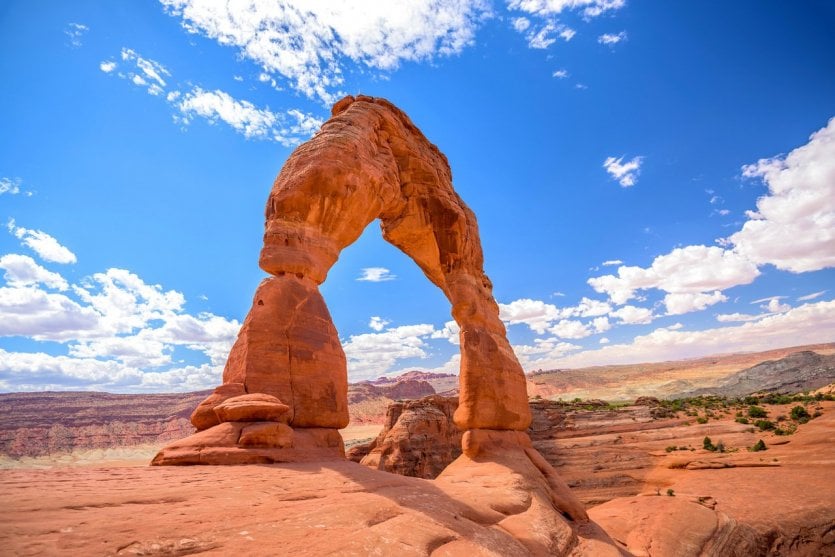
The dozens of natural arches you will see in this Utah national park were formed by water, fire, ice and wind. The red sandstone has taken on spectacular shapes that we never tire of admiring. As often, the must is of course to go there at sunset when the lights are changing, a game of light and shadow is set up to create a unique show.
Denali National Park, land of ice
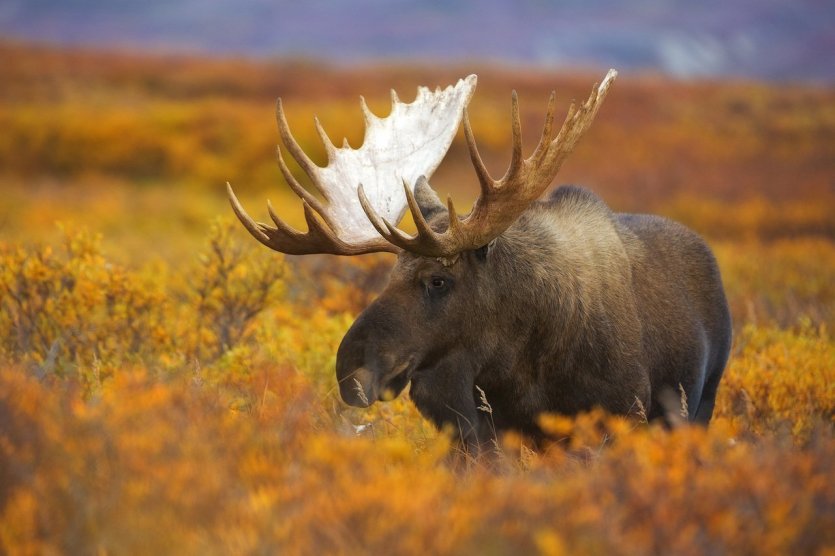
South of the Arctic Circle, in Alaska, Denali National Park covers 24 500 km2. A glacial land covered with forests and lakes, this park is home to Denali - or Mount McKinley - the highest mountain in North America (6,194 m), and one of the most difficult to climb in the world due to the extreme temperatures. Only the most experienced climbers will attempt to reach its summit, while others will admire its constantly snow-covered peak from afar.
Mesa Verde National Park, an archaeological nugget
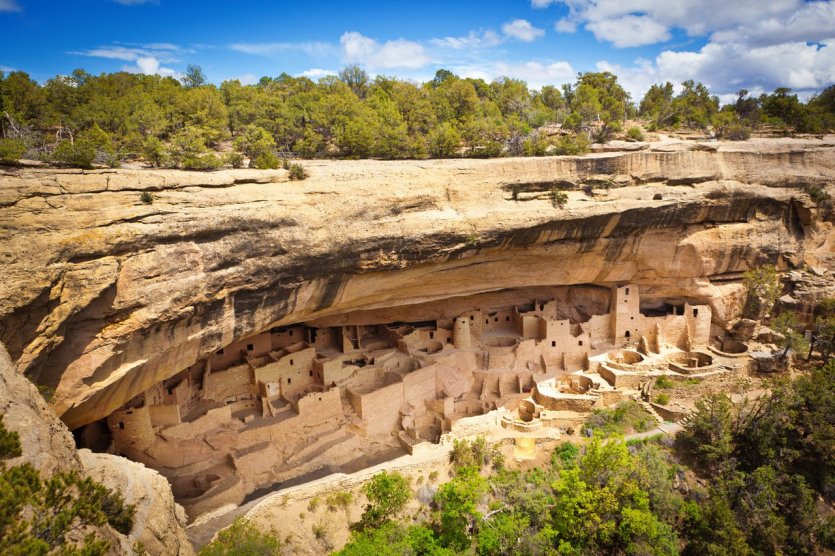
On the edge of Colorado, Mesa Verde National Park was created in 1906 to preserve the remains of the Anasazi Indians, including their cliff dwellings. The first of these cave dwellings date back to 550 B.C. and some are still visible. A site of archaeological interest, but also of cultural interest since it is one of the rare examples still visible of the Amerindian culture.
Great Sand Dunes National Park, a unique landscape
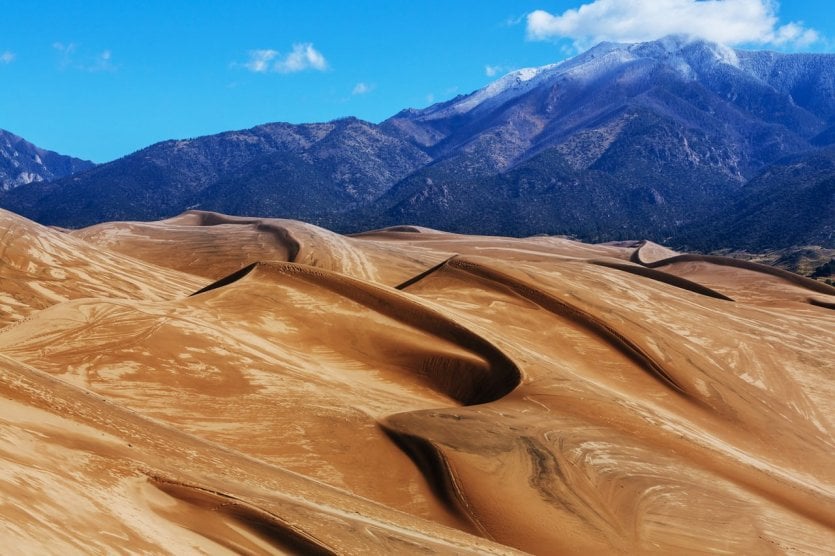
In Colorado, Great Sand Dunes National Park offers an enchanting landscape like few other national parks. Imagine yourself driving through an absolutely deserted landscape when, all of a sudden, golden dunes appear in contrast with the green mountains in the background. We stop and take the time to climb on one of these dunes to observe the sunrise or the sunset: guaranteed success!
Bryce Canyon National Park, a natural amphitheater

More than a canyon, Bryce Canyon National Park is an open-air amphitheater inUtah. Formed by erosion on the eastern part of the Paunsaugunt Plateau, this natural sculpture of rocky needles takes on a thousand colors, from pink to white, passing through gray, orange or blue. To take in the sights, you can follow the Rim Trail which crosses the most spectacular sites of the park.
Grand Teton, mother nature in the heart of Wyoming
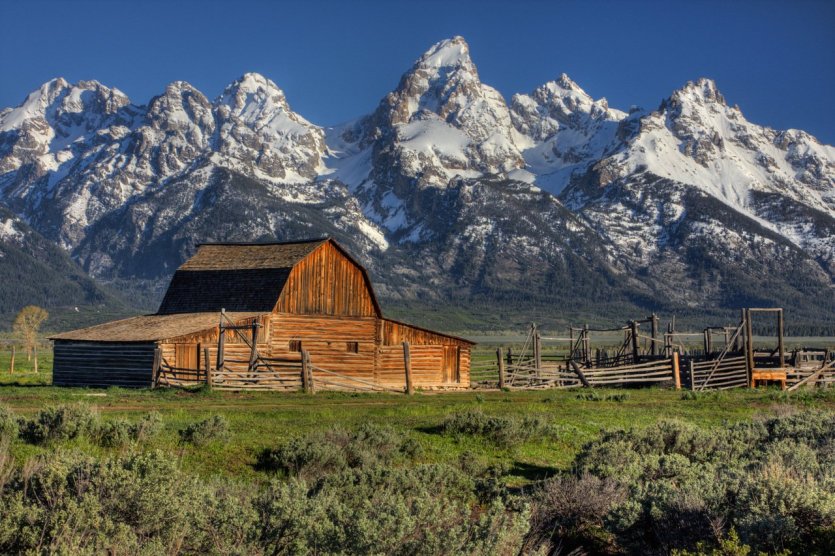
French-speaking Canadians gave this name to this 4,197 m high Rocky Mountain peak in Wyoming. This high snow-covered range is dotted with twelve peaks (the famous Tetons) overlooking the Snake River. The slopes are marked by scree, waterfalls and glaciers. There are also many lakes, including Jackson Lake, the largest, which covers 10,300 hectares. The wild life is protected there, we see in particular beavers building their dams skilfully!
Big Bend National Park, a land to discover
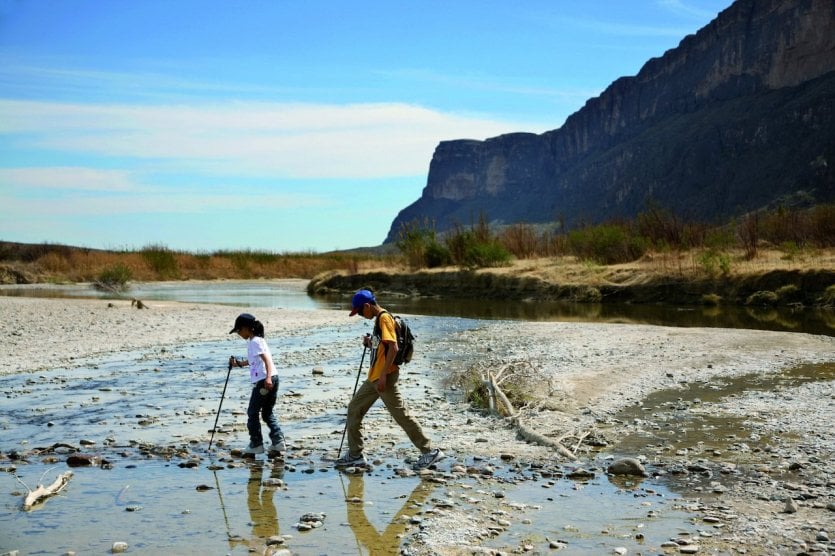
Located on the Rio Grande, in Texas, on the Mexican border, the Big Bend National Park is one of the least visited national parks in the United States, which is one of its strong points! What a pleasure to visit, in the peace and quiet, this very well preserved park where the desert (the one of Chihuahua), the mountains and the canyons are mixed. This diversity of landscapes was particularly favorable to the development of a varied fauna where mountain lions, pumas and roadrunners (the Californian cuckoo) reign supreme.


